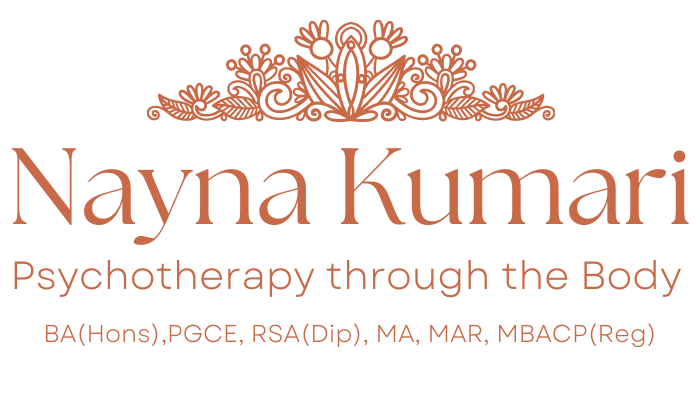You have to say no to bullies early on –
Don’t wait until they’ve got their hooks into you.
Having to constantly put up with toxic behaviour can undermine your confidence
and gnaw at your self-esteem.
Bullies can be anywhere and everywhere – at work, at home, up the road, friend of a friend….
You can sometimes find that if one person starts bullying you, then others do too – it doesn’t matter where you go, there’s always someone trying to belittle you. You may as well go around with a placard:
Off-load your aggression here!
Make yourself feel better at my expense, why don’t you?
So why is this?
One way of looking at it is to consider boundaries – in essence this is about knowing:
Who you are
Where you end
Where the rest of the world begins
Often bullies are a like a blustery wind – they don’t know where they end and they don’t know when to stop. They keep going until they meet something which says ‘NO’ and even then, they keep trying.
The only reason the wind doesn’t blow around inside your home is because you’ve got walls, doors and windows to stop it. But open a door or a window and it’s in wreaking havoc.
Human boundaries have to be a bit more fluid because they need to respond appropriately to the type of wind which is blowing your way. You wouldn’t want to put up a wall which stops everything – good as well as bad – from touching you. The aim is to protect yourself from the bad and welcome the good.
Strong healthy boundaries are part of who you are rather than something you put around yourself. Ideally, they respond appropriately without your having to remember what to say, what to think or what to do.
Sometimes though, normally strong and healthy boundaries can be compromised by some difficult life event – bereavement, a build up of stresses, some kind of shock – and you may find yourself drawn into a bullying relationship because your attention was temporarily elsewhere.
Bullies usually put out feelers to test how far they can go with you. Once, twice, three times. This is when to make a stand. Try to respond in a way which keeps you in control of the situation. The aim is to deflect their behaviour and maintain your own perceptions and goals.
You might find yourself having to sit down and make a list of a few things you need to practice, but remember:
You don’t have to emotionally engage with
anybody who is treating you badly.
It might help to think of your responses as a choice – A or B:
A: Bullying =
I wonder what I’ve done to bring this on? I don’t know what to say and I don’t know what to do
or
B: Bullying =
Someone’s having a hard time of it, must be careful not to let them dump it onto me…
If you are already being bullied, the first step is to regain your sense of safety.
For example, try not to be on your own with the bully –
if you are alone in a room and they come in, walk out.
You haven’t got to stay and help them pretend everything’s all right and you haven’t got to justify why you’re leaving.
Know what your limits are and be confident about maintaining them. Change them if you need to. The thing is to be clear about what behaviour you will and will not permit.
Getting yourself out of a bullying relationship is not impossible – but it is difficult. This is because the person who is bullying you will have a strong interest in keeping things exactly as they are. In addition, they may have set up a no-win situation, so that whatever you do, you feel as if you’re stuffed……
It’s as I said at the beginning:
Don’t wait until they’ve got their hooks into you –
You have to say no to bullies early on.
Nayna Kumari
28th June 2016 ©
If you need somebody to talk to
please contact Nayna
nayna@nk-bodypsychotherapy.com
Related Blogs:
“Some People Regard Truth as an Eyesore spoiling an otherwise beautiful view”
Related Workshops:
Stress and Adult Bullying
